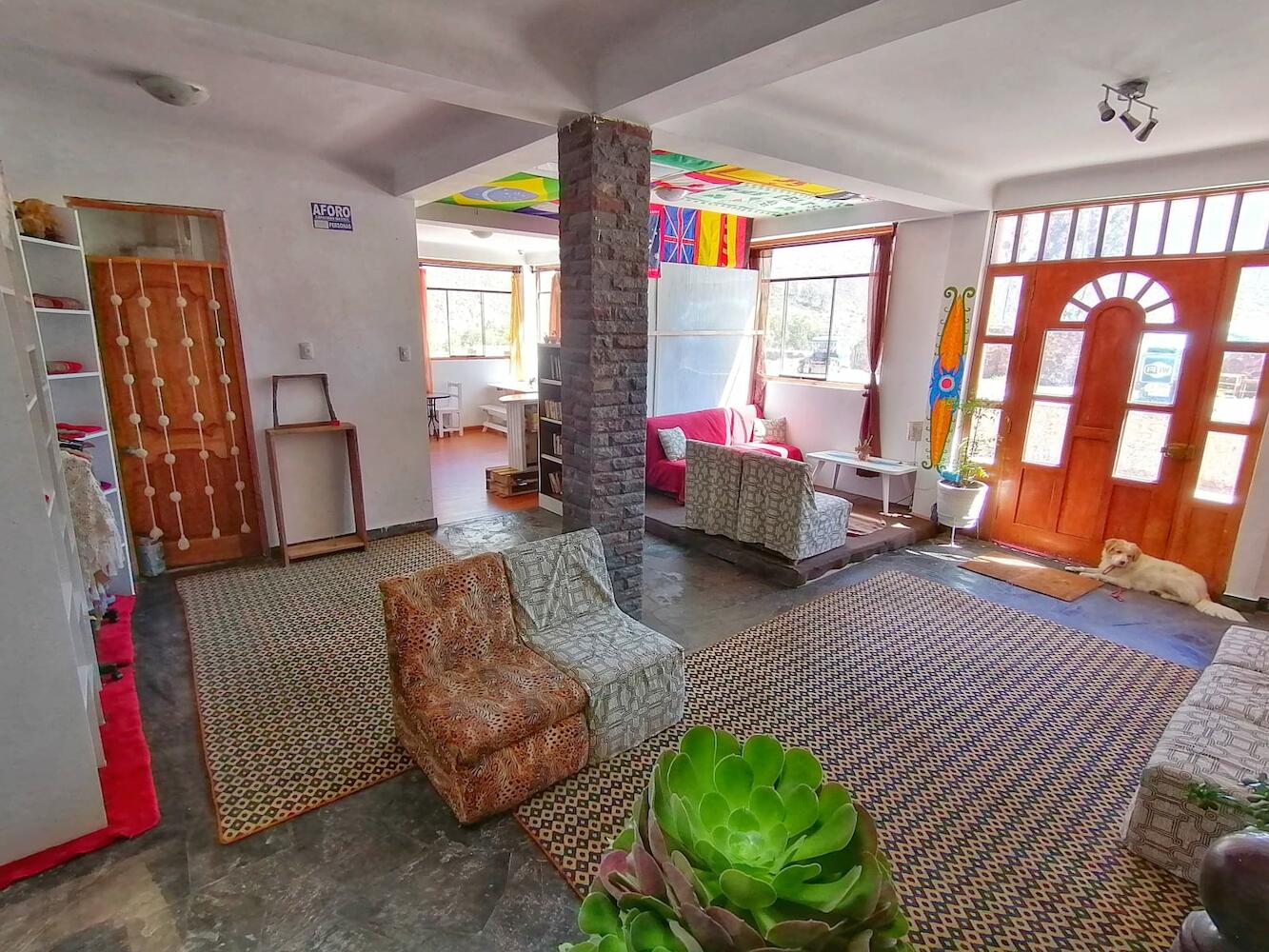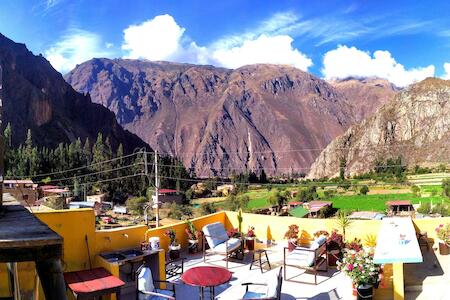Looking for budget stays in Ollantaytambo? This section is designed to save you time, money, and unnecessary stress. We've got insider tips to help you find affordable hostels and the cheapest places to stay in Ollantaytambo.

A far better place to visit than to pronounce, Ollantaytambo is a small touristic town in the Sacred Valley built on the foundations of an ancient Incan city. Throngs of visitors hit Ollantaytambo -- or "Ollanta" to the locals or the lazy-lipped -- to pay homage to its impressive hilltop ruins each year. The terraced ruins served as both a temple and a successful fortress which protected the Incas from Spanish invaders. Admission is with a boleto turistico (or tourist ticket), which allows entry to various other sites in the Sacred Valley; if you don’t plan to see the others, an individual ticket can be purchased. A hike up the mountains will take you to more ruins which can be seen for free.
Once you’ve strolled down the cobbled back alleys and admired the way the houses incorporate the original foundations, there isn’t a great deal to do in the town itself. The pretty central plaza makes it clear that tourism rules the roost here with its abundance of cafes and restaurants, all offering a monotony of wood fire pizzas. However, for a nice place to relax after exploring or for the cosy glow of a pizza oven fire at night, they do the job. A few restaurants are more akin to bars and better for meeting other travelers. There is a small food market near the plaza for fresh groceries or snacks to take hiking. A tourist market sits in front of the ruins' entrance and offers the usual array of llama-print jumpers and hats.
Accommodation is scattered around the town, but virtually all options are very close to both the main square and train station. Many Ollantaytambo hostels and hotels are built on Inca foundations and still have the same sloping stone doorframes and courtyards of some five hundred years ago. Actual backpacker hostels in Ollantaytambo are, surprisingly, thin on the ground. While there are numerous budget hotels, those with dormitories and usual hostel amenities are limited.
The town itself makes a great point to stopover either on the way to or from Machu Picchu and is easily accessed from Cusco either by bus, minibus, or by train on the same line that terminates at Machu Picchu Pueblo (formerly known as Aguas Calientes). Many budget travelers seek refuge in one of Ollantaytambo’s hostels before embarking the early train to Machu Picchu, as it is considerably cheaper than taking it the whole way from Cusco. It is also possible to catch a bus from Ollanta to Santa Maria where there are collectivos (minibuses) to Santa Teresa and the hydroelectric plant, which is also where the train makes another stop en route (again, at a much reduced rate) or the really economically-minded can make the two hour walk down the train tracks to Machu Picchu Pueblo.
Written by Travel Expert Ollantaytambo
 Laura T
Laura T
